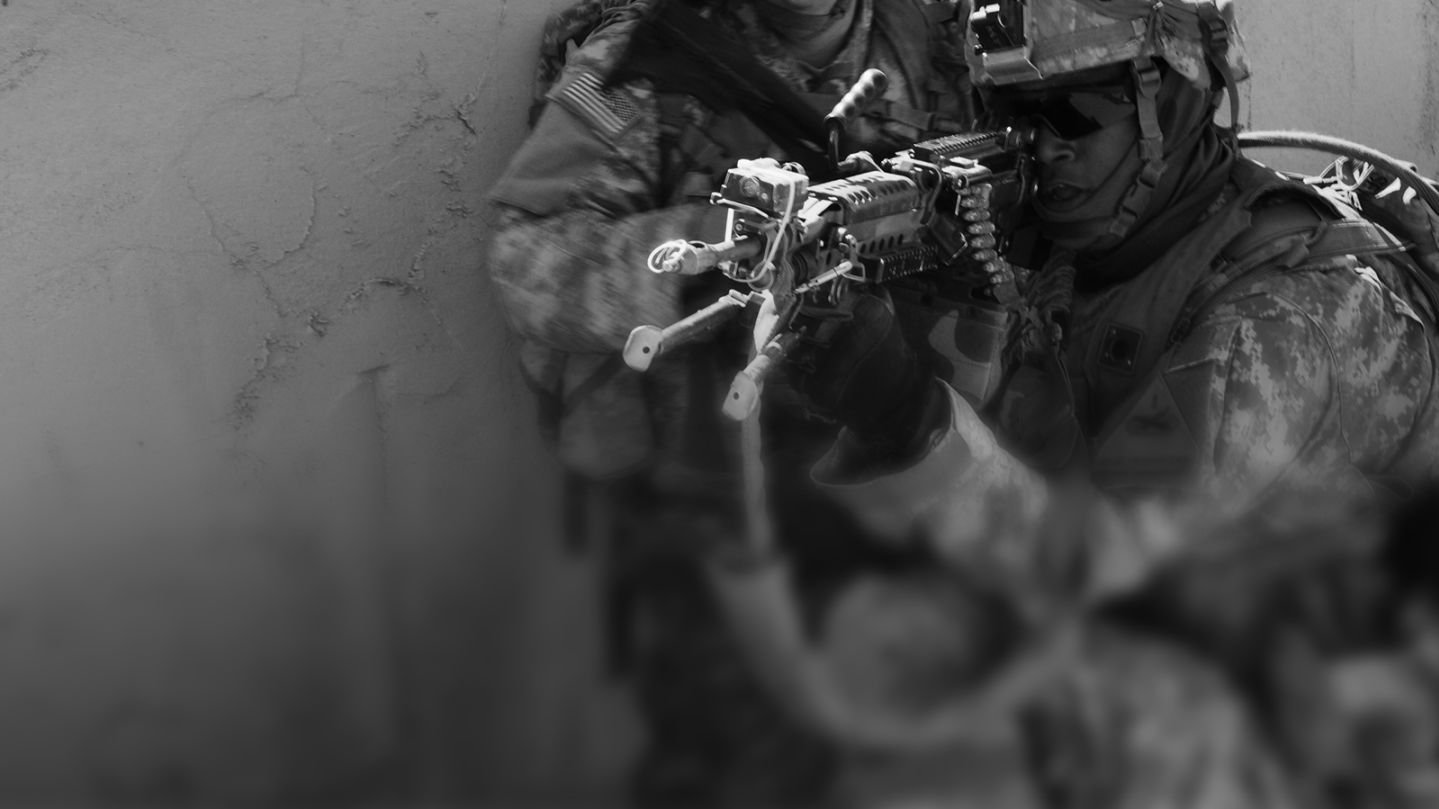The U.S. effort to take out senior ISIS leader Abu Bakr al-Baghdadi and other top ISIS officials is increasingly focusing on Raqqa, Syria, the self-declared capital of ISIS, CNN has learned.
The military is watching for signs of movement there as Kurdish forces are now just 35 miles north of the city – an advance that could make ISIS leadership nervous enough to change their positions in the coming weeks.
A leading theory among U.S. intelligence agencies is that al-Baghdadi remains in Raqqa but is hiding among the densely packed population, knowing that the U.S. will not target civilians and well aware of the U.S. “rules of engagement.”
READ: Pentagon ‘lily pad’ strategy could increase U.S. troops in Iraq
It comes at the very time U.S. special forces are also stepping up their targeting assistance to Kurdish ground forces advancing towards Raqqa, according to U.S. officials.
“U.S. intelligence information leads us to believe he is alive and in control,” a senior official said, adding that the U.S. has a stream of current intelligence from a variety of sources that confirms that view. While the official would not confirm the specific intelligence, the U.S. continues to intercept ISIS communications wherever it can, several officials have told CNN.
The official described al-Baghdadi’s current profile as “more Ayman al-Zawahiri than Osama bin Laden,” meaning he’s engaged in day-to-day operations and keenly aware of how to sail below the radar.
It’s believed that the U.S. still has not been able to pinpoint Zawahiri’s specific location, though he’s believed to remain in his traditional area of operations in Pakistan, just as al-Baghdadi is not believed to stray from Raqqa.
Bin Laden, by comparison, was largely removed from day-to-day operations, with the U.S. pinpointing his specific hideout location and watching him for an extended period of time before launching a raid.
The increased fighting in the area has not changed the U.S. view that al-Baghdadi and top leaders mostly remain in the city, keeping a low profile so they cannot be located. If they were to be found in a building, the U.S. would then face the complication of potentially putting civilians at risk in any bombing to destroy the site.
The coalition continues to use overhead satellites and aircraft to keep watch for any signs of a vehicle convoy that could be tracked by a drone with Hellfire missiles, which is the optimum weapon for targeting moving vehicles. The U.S. is not ruling out that al-Baghdadi may move around, but the overall assessment is that he does so with an extensive understanding of how to stay out of U.S. crosshairs.
The U.S. has identified a series of buildings in downtown Raqqa it believes house the headquarters and operations of ISIS but has been unable to bomb them because of civilians in the area. The existence of the complex was first reported by The New York Times.
U.S. intelligence also is observing a buildup of ISIS defenses along the northern side of Raqqa as Kurdish fighters potentially draw closer. One U.S. official said defenses include trenches, berms, improvised explosive devises and obstacles – all traditional ISIS battlefield defenses.
Whether the Kurds actually decide to go all the way to Raqqa to confront ISIS is not entirely clear. But the U.S. is stepping up assistance in that area.
READ: U.S. considers whether ISIS wives playing key role in operations
“Special operations have knitted together networks on the ground” of local fighters, the official said, who can communicate targets to the coalition operations center in Irbil, Iraq, for them to call in airstrikes.
While this has been going on in several locations for some time, the U.S. is trying to give specific assistance to the fighters north of Raqqa, officials said. Communication of targeting information from fighters on the ground is done via cellphone as well as other undisclosed means.
For now, the U.S. believes Kurdish groups control much of the border from Iraq all the way west to Kobani, Syria.
Some U.S. officials believe the ISIS move on Kobani in recent days may also be an effort to divert those Kurdish fighters moving towards Raqqa so they have to turn around and go back north.
U.S. officials said the renewed efforts to take back Kobani are not surprising, given the Kurds have cut off so much of the group’s access to the border with Turkey.
Now the worry is that ISIS will move further west to look for other border crossings. That could pose a challenge for more U.S.-led airstrikes, as that runs up against an area where the U.S. believes the anti-air missiles and radar systems of the Syrian government are still active and pose a potential threat to aircraft in the U.S.-led coalition.




